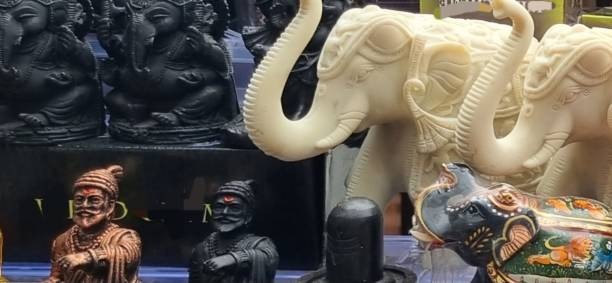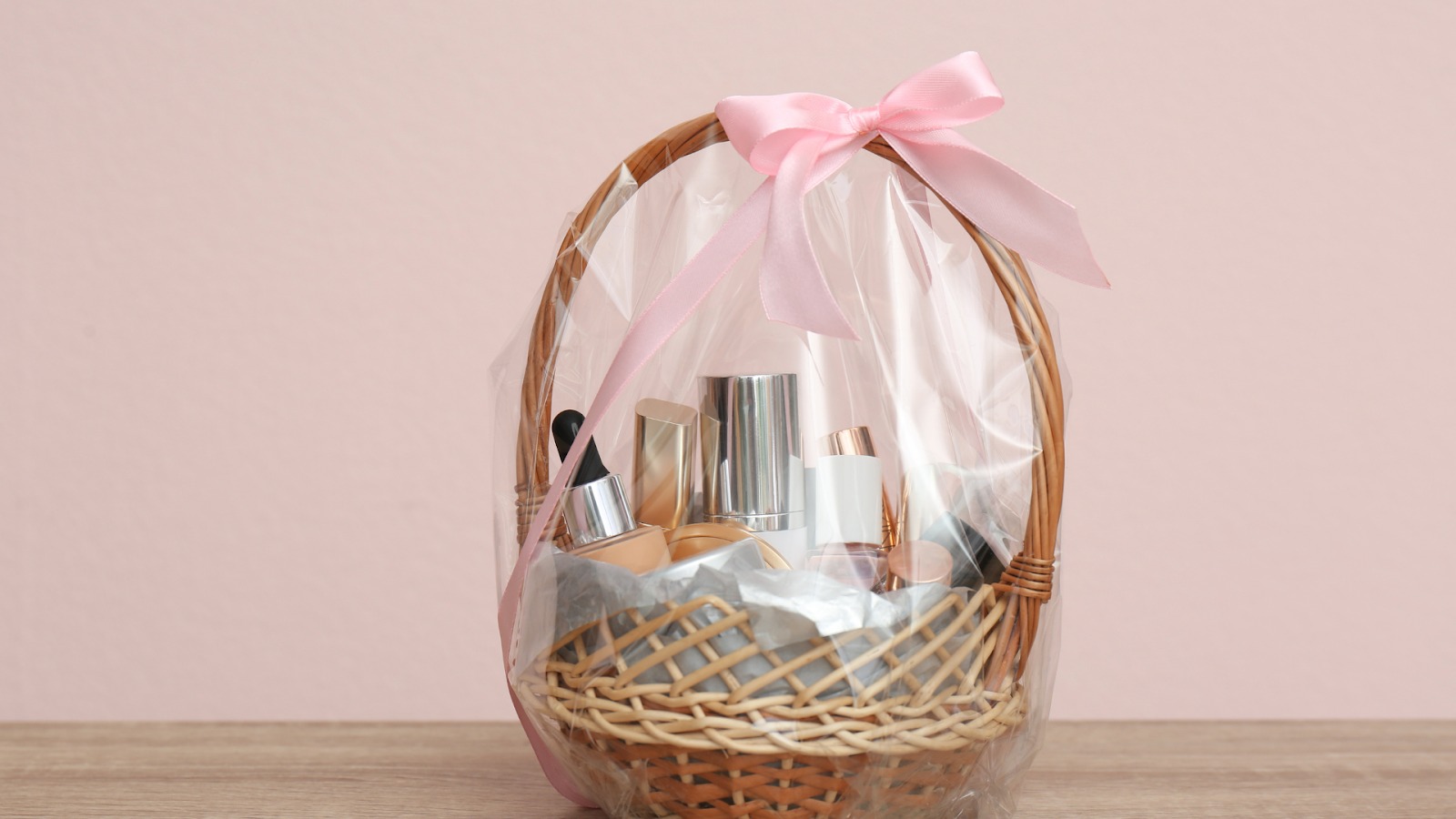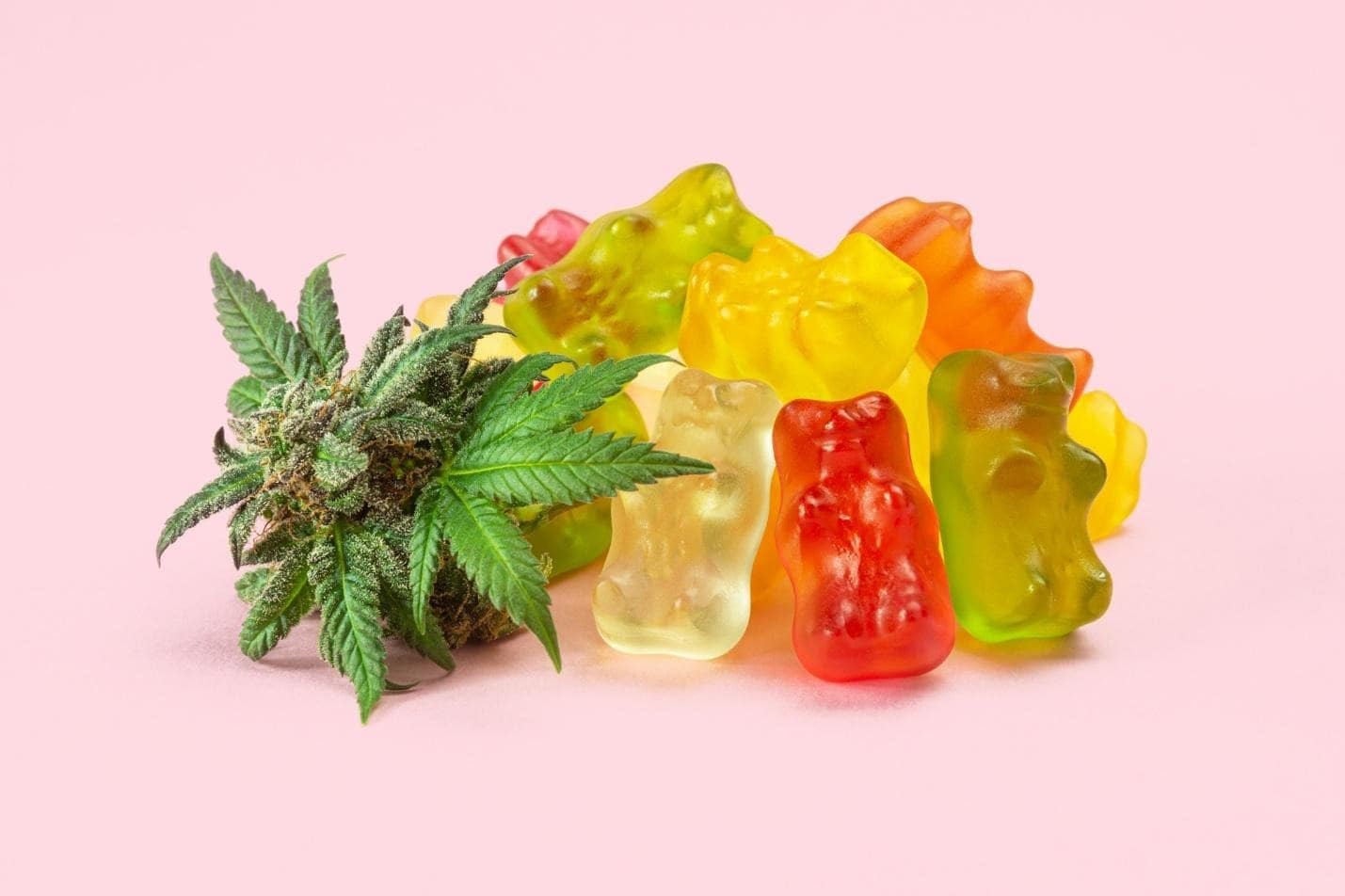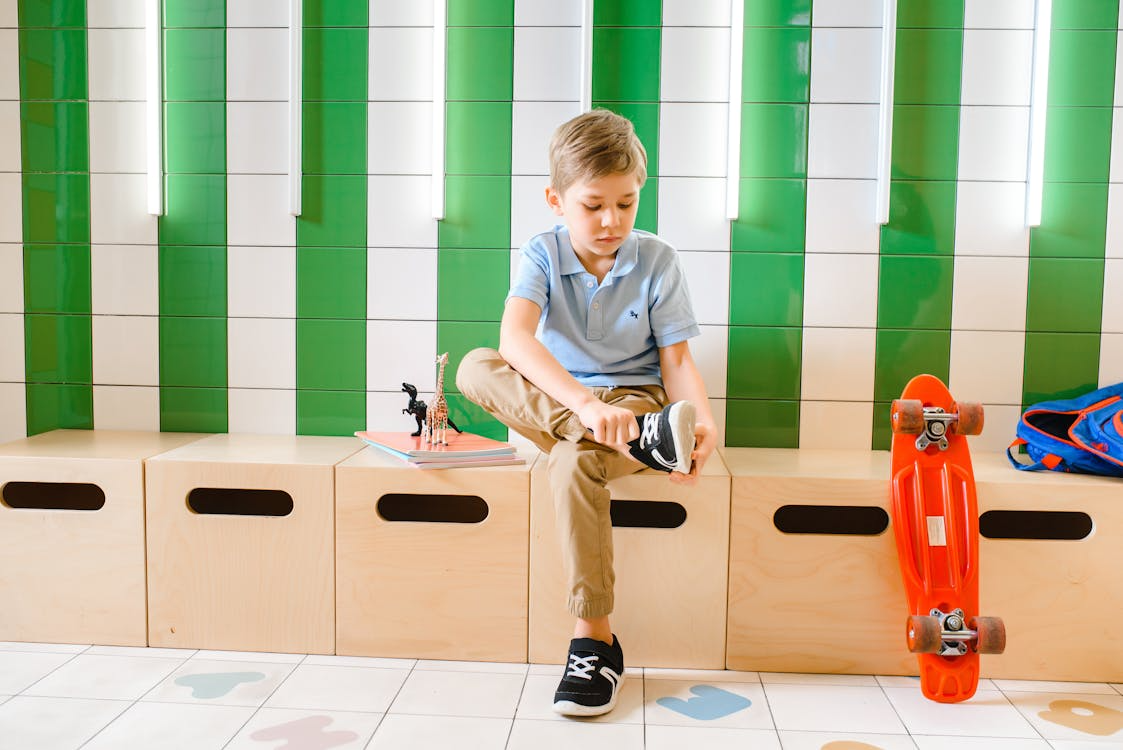Picking the right external wall cladding panels isn't just about making your building look good—it's about protecting your investment for decades. The wrong choice can lead to maintenance headaches, moisture problems, and a façade that looks dated in just a few years. According to industry research, properly selected cladding can extend a building's exterior lifespan by 30-50 years compared to traditional finishes. This guide breaks down what actually matters when you're standing in front of samples or scrolling through supplier catalogs, trying to figure out which panels will hold up in your specific climate while still looking the way you want.
Climate and Weather Resistance Come First
Your local weather patterns should dictate at least 60% of your decision. Coastal areas need panels that won't corrode from salt spray—fiber cement and certain composite materials handle this well, while some metals will start showing rust within three years. Cold climates require panels that won't crack from freeze-thaw cycles. Research from building science institutes shows that materials with low water absorption rates (under 5%) perform significantly better in freeze-prone regions.
Temperature swings matter more than most people realize. If your area sees temperature differences of 40 degrees or more between seasons, you need panels with high dimensional stability. Wood-based products can expand and contract up to 3-4%, creating gaps and warping. Compare that to fiber cement at around 0.25% movement—it's not even close.
Material Properties Beyond the Marketing Brochure
Fire resistance isn't negotiable in many areas now. Building codes have gotten stricter after several high-profile fires in the past decade. Non-combustible materials like fiber cement, metal, and brick receive Class A fire ratings, meaning they won't contribute to flame spread. Vinyl and some wood-composite options don't meet these standards in all jurisdictions.
Impact resistance gets overlooked until hail season hits. Some fiber cement panels can withstand impacts that would shatter other materials. Testing data shows that 8mm fiber cement panels typically survive 2-inch hail strikes without damage, while thinner vinyl options often crack or dent permanently. If you're in a hail belt, this specification alone could save you thousands in future repairs.
Maintenance Requirements Over Twenty Years
Here's what nobody tells you at the showroom: maintenance costs can exceed your initial material savings within a decade. Wood cladding looks incredible but demands repainting or staining every 3-5 years. That's 4-6 maintenance cycles over twenty years. Each cycle costs money and disrupts your life.
Fiber cement typically needs repainting every 10-15 years. Metal panels might never need refinishing if you choose pre-finished options with Kynar coatings—these have shown color retention of over 90% after 20 years in accelerated weathering tests. Run the actual numbers for your situation, not the advertised "low maintenance" claims.
Installation System and Compatibility
The panel itself is only half the story. How it attaches to your structure determines long-term performance. Ventilated rainscreen systems create an air gap behind the cladding, allowing moisture to escape. Buildings with rainscreen installations show 40% less moisture accumulation in wall cavities compared to direct-applied cladding, according to building envelope studies.
Your substrate matters enormously. Some panels work with wood framing, others need steel studs, and some require specific sheathing materials. Incompatible combinations void warranties and create failure points. Check the manufacturer's installation manual—if it requires specialized fasteners or specific spacing requirements, factor in these costs and complexity.
Aesthetic Longevity Versus Trend Chasing
Color fade rates vary wildly between materials and finishes. Darker colors on any material will fade faster—sometimes twice as fast as lighter shades. UV testing data shows that deep reds and blues can lose 30-40% of their color intensity within 10 years on lower-quality finishes.
Texture and profile choices should consider your architectural style but also dirt retention. Deep grooves and heavy textures trap more dust and organic growth. Smooth or lightly textured surfaces stay cleaner longer with less pressure washing needed.




Want to add a comment?